Top Ten Famous Teas in China
In China, there are many kinds of tea, but the recognition of Chinese tea abroad is limited to the top ten famous Chinese teas.
NO.1 West Lake Longjing
Hangzhou is one of the seven ancient capitals of my country. The West Lake Longjing tea area is located in a unique microclimate surrounded by mountains on three sides, and it has been a place of nostalgia for literati and inscribers since ancient times. The poet Su Dongpo in the Song Dynasty once wrote a hymn: "If you want to compare the West Lake to the West, you have always had a good tea like a beautiful woman".
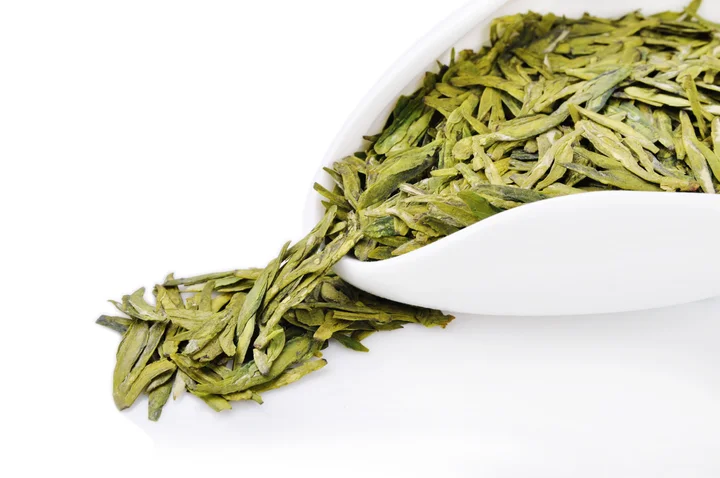
NO.2 Huangshan Maofeng
Huangshan Maofeng, a famous tea in the Qing Dynasty, belongs to the green tea category. For a long time, people have used the view of "famous mountains to produce famous tea", and inferred that Huangshan Maofeng was named after the clouds and mists of Huangshan Mountain in the Ming Dynasty. Huangshan Maofeng is produced in Huangshan Mountain, She County, Anhui Province.
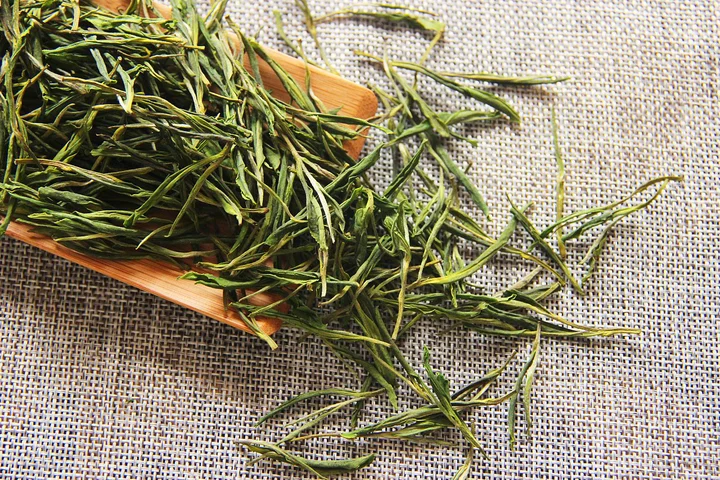
NO.3 Tieguanyin
Tieguanyin belongs to the oolong tea category, and is one of the top ten famous teas in China. It is between green tea and black tea and belongs to the semi-fermented tea category. It is one of the six major tea categories in my country: green tea, black tea, green tea (oolong tea), white tea, yellow tea, black tea and others.
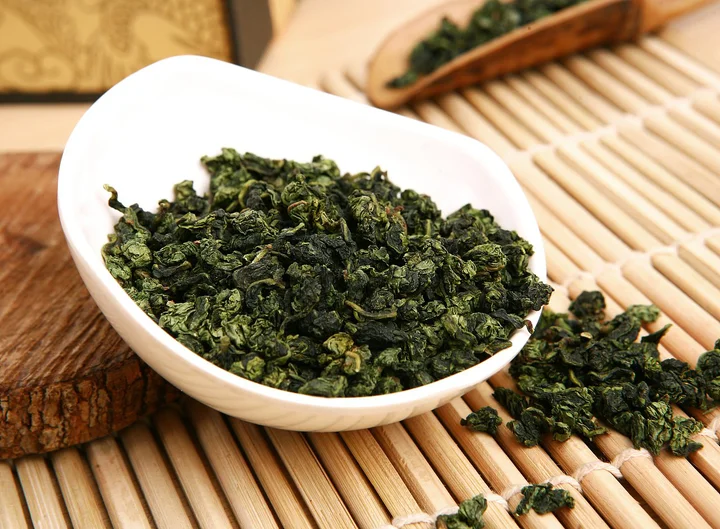
NO.4 Dongting Biluochun
Biluochun belongs to the category of green tea. It was mainly produced in Dongting Mountain (now Wuzhong District, Suzhou) in Taihu Lake, Wu County, Suzhou City, Jiangsu Province, so it was also called "Dongting Biluochun". Dongting Biluochun Tea The Biluochun tea produced in the east and west mountains of Dongting has many buds, tender fragrant, clear soup and mellow taste. It is one of the top ten famous teas in my country. Biluochun tea has a history of more than 1,000 years.
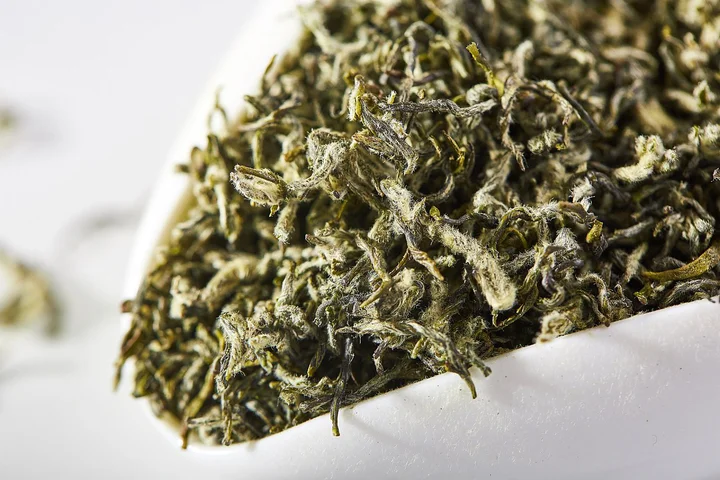
NO.5 Xinyang Maojian
Xinyang Maojian, also known as "Yu Maofeng". It is produced in Xinyang City (mainly concentrated in the mountains) in the Dabie Mountains of Henan Province. It is also produced in Xinyang, Henan Province due to the tight straight front and sharp hairs, so it is named "Xinyang Maojian". In 1958, it was named one of the top ten famous teas in the country.
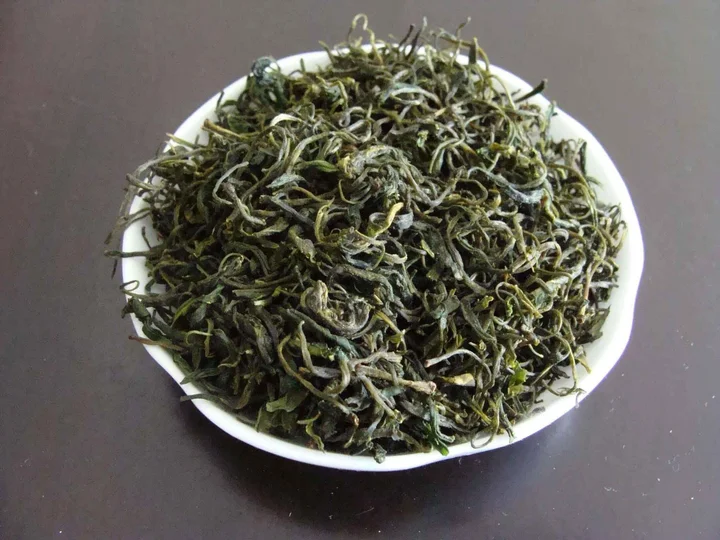
NO.6 Qimen Black Tea
Qimen Black Tea, a famous black tea boutique, referred to as Qihong, is produced in Qimen County, a branch of Huangshan in southwestern Anhui Province, China. The local tea varieties are high-yielding and high-quality. They are planted in fertile red-yellow soil, and the climate is mild, the rain is sufficient, and the sun is moderate. Therefore, the leaves are tender and rich in water-soluble substances. The quality harvested in August is the best.

NO.7 Wuyi Rock Tea
Wuyi Rock Tea is produced in Wuyi, a famous mountain in the "Southeast of Xiujia" in northern Fujian. Tea trees grow in the cracks in the rocks. Wuyi Rock Tea has the fragrance of green tea and the sweetness of black tea. It is the best Chinese oolong tea. Wuyi Rock Tea is a semi-fermented tea, and its production method is between green tea and black tea. The main varieties are "Dahongpao", "White Cockscomb", "Narcissus", "Oolong", "Cinnamon" and so on.

NO.8 Lu'an Gua Pian
Lu'an Gua Pian is a national historical tea and one of the ten classic Chinese famous teas. Lu'an Gua Pian (also known as Pian Cha) is a special type of green tea. Picked from the local unique varieties, the tea leaves are shaped like melon seeds through the unique traditional processing technology after pulling, removing the sprouts and tea stalks.
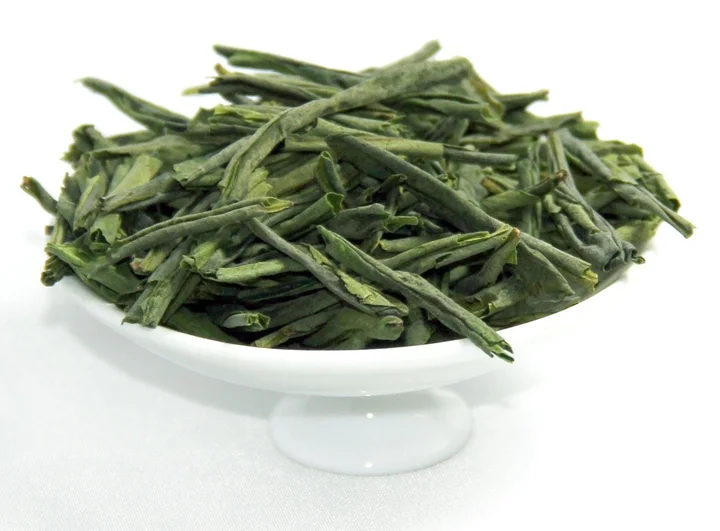
NO.9 Taiping Houkui
Taiping Houkui is a famous Chinese tea with a long history, created in 1900. Taiping Houkui exhibited the Quality Award in Nanjing Nanyang Entrepreneurship Association and the Ministry of Agriculture and Commerce in 1912. In 1915, it won the gold medal and the special tea for "Taste Tea by Ten Thousand People" at the Panama World Expo in 1915. It was exhibited in Bolivia and other countries in the 1930s. After the founding of New China, in 1955, Taiping Houkui was rated as one of the top ten Chinas in the country. One of the famous teas.
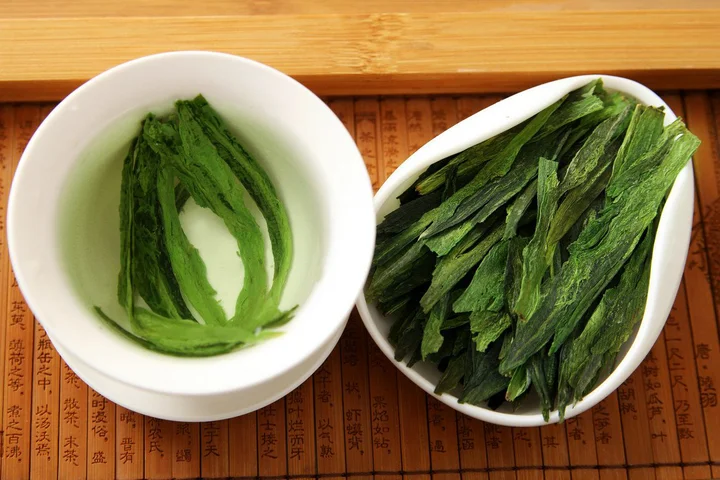
NO.10 Junshan Silver Needle
Junshan Silver Needle is produced in Junshan in Dongting Lake, Yueyang, Hunan. Treasures in yellow tea. The finished tea buds are strong, with uniform length and size. The inner surface of the tea bud is golden yellow, the outer layer of pekoe is intact, and the package is solid. The shape of the tea bud looks like a silver needle, hence the name. Junshan tea has a long history and was produced and famous in the Tang Dynasty. Princess Wencheng chose to bring Junshan tea when she married Tibet. It has been listed as a tribute tea in the Houliang period, and it has been followed by successive generations.
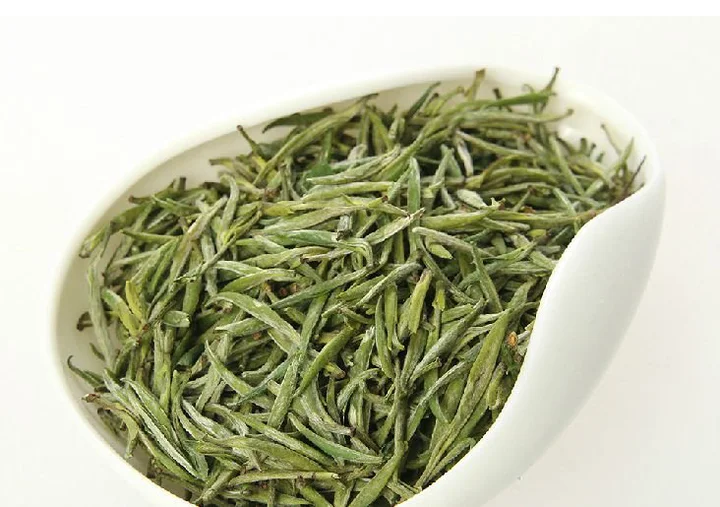
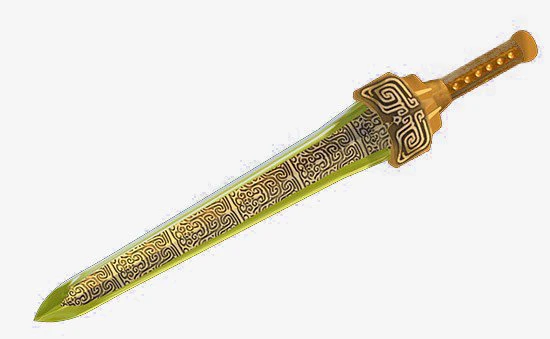
In our ancient China, a hero must wear a weapon of his own. For example, Guan Yu, the Qinglong Yanyue Saber is his standard.
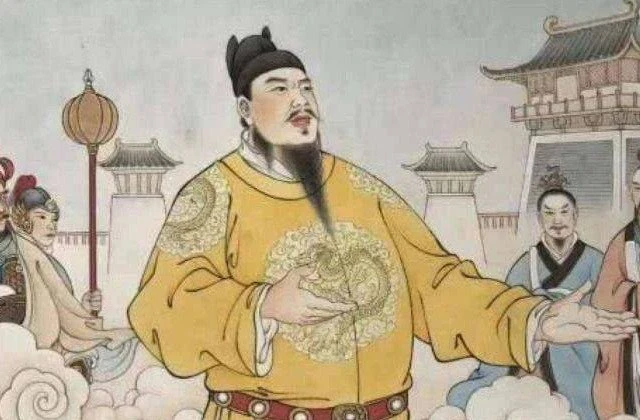
In history, not all emperors were dedicated and dedicated, and there were also those unreliable emperors who led to the ruin of their country and their families.

The 10th China's Top Ten Ugly Buildings, which was selected by industry authoritative experts such as architectural critics, professors of the Architectural Society of China...
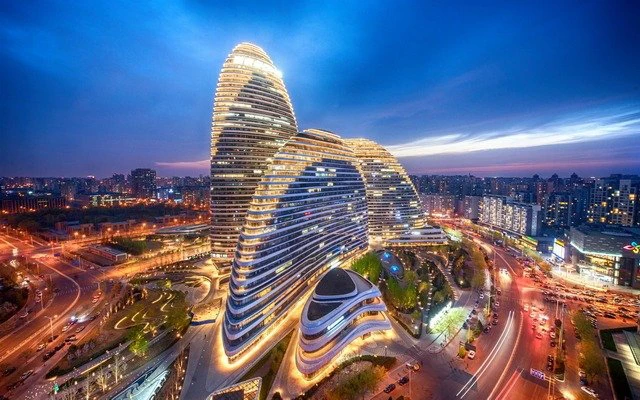
CBD is often the most eye-catching material space of a city, but also the most glorious spiritual space of a city.
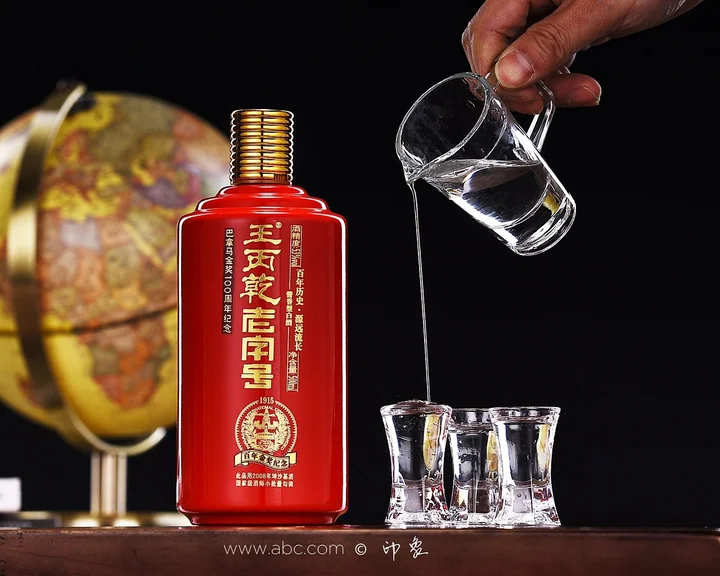
When it comes to liquor, the first thing that comes to mind is Moutai. In fact, in addition to Moutai, my country also has many high-quality......